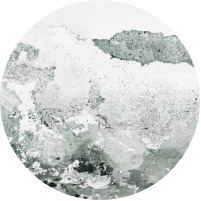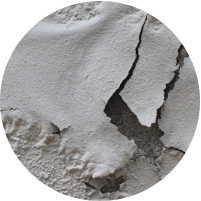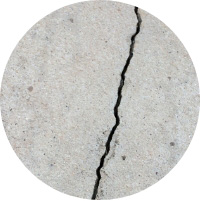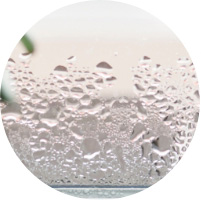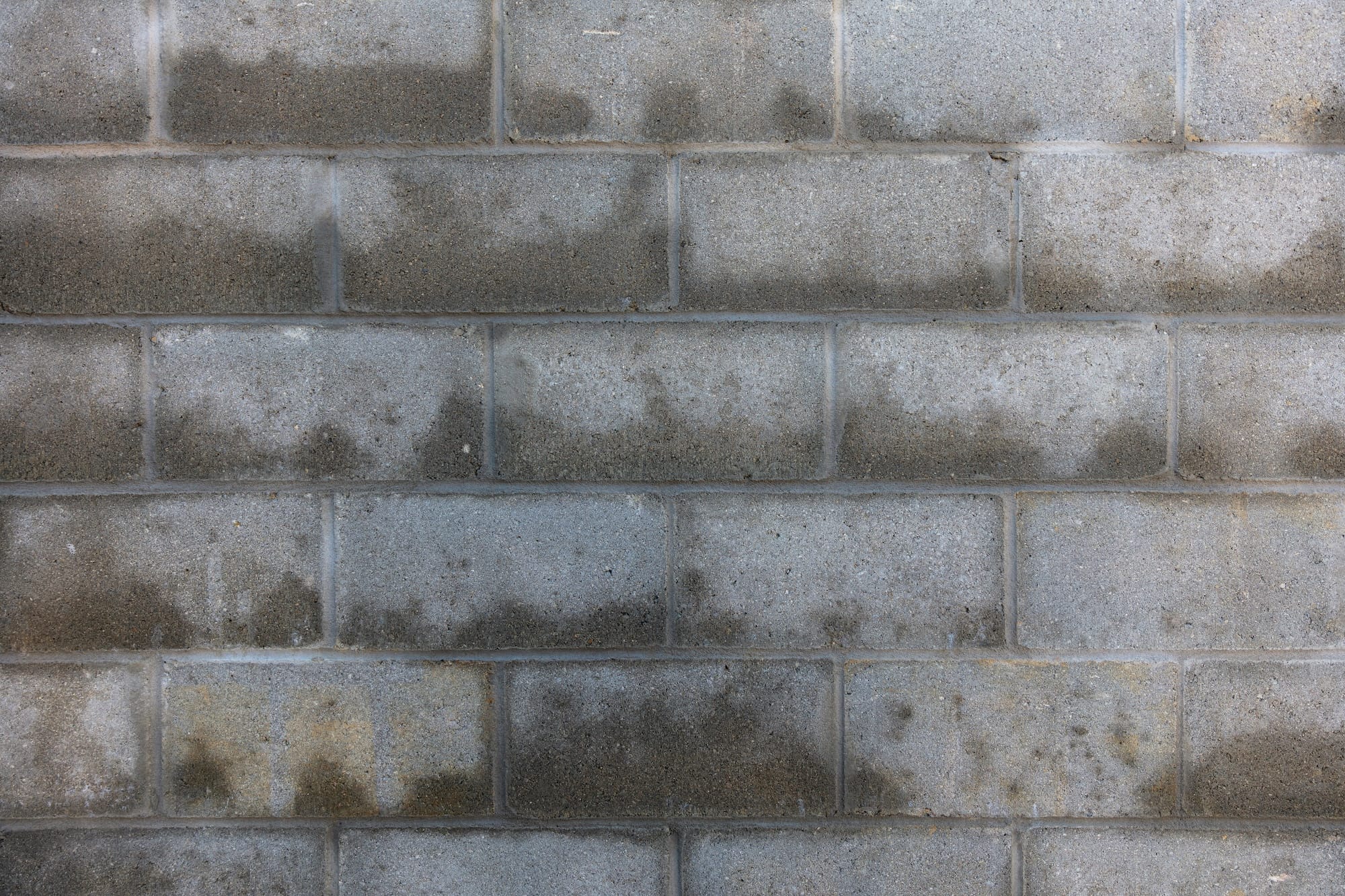
Moisture on house walls
Dampness on walls is a common plague in the world of housing, affecting both older and more recent constructions. Often insidious, this condition may appear innocuous at first glance, but it is capable of causing a range of significant damage, from simple deterioration of the home's interior to real health problems for its inhabitants. It is therefore essential to identify the causes of damp on walls, to understand its potential consequences on health and the home, and to know how a specialist company like Murprotec can help you diagnose and treat the problem effectively.
Precise identification and multiple causes of wall moisture
Dampness on the walls of a home generally manifests itself through clearly identifiable signs that should never be ignored. The presence of damp patches, the appearance of mold in the form of black, green or brown spots, cracks in siding, or peeling paint are all indicators. A persistent musty smell or crumbling plaster and the presence of saltpetre - whitish, powdery deposits - are also warning signs. There are several possible causes of dampness. It may be capillary rise, where water from the ground migrates up the walls due to poor sealing at the base. Excessive condensation, often due to insufficient ventilation combined with thermal bridges, is another frequent cause, as is water infiltration from outside, due to defects in roofing, facades or joinery. Determining the precise cause of damp is essential to finding a suitable, lasting solution.
Potential consequences of damp on walls: A dual impact on health and the home
The consequences of dampness on walls are far from negligible, affecting both the integrity of the building and the well-being of its occupants. In terms of health, dampness creates an environment conducive to the development of mold and dust mites, which are powerful allergens. Their spores, dispersed in the air, can be inhaled and cause allergic reactions, asthma, eye, nose and throat irritations, and other respiratory problems. People with weakened immune systems, children and the elderly are particularly vulnerable to these moisture-related health problems. As far as housing is concerned, water seeping into walls can lead to structural damage. It can cause damage to masonry, plaster and framing, and even promote corrosion of metal components such as window frames and pipes.High humidity accelerates the deterioration of materials, and repair costs can be significant, not to mention the loss of property value.
Diagnosis and treatment of damp walls in your home by Murprotec
When faced with amoisture problemon walls, a precise diagnosis is an essential step in choosing the right treatment. Murprotec, as a leader in moisture treatment, offers a complete range of solutions. After a thorough assessment of the source and extent of the damp, our experts can propose a range of treatments. These may include theinstallation of air handling units to combat condensation, the application of hydrophobic resins by injection to create a barrier against capillary rise, or the creation of casings to waterproof buried walls. The intervention of experienced professionals is crucial to ensure a lasting solution to damp on walls. It's vital not to overlook the signs of dampness, as rapid identification of the cause and appropriate treatment can restore a healthy, comfortable, damp-free environment.
 The signs
The signs
 The consequences
The consequences
 Humidity in the home
Humidity in the home
 The causes
The causes
 Solutions
Solutions





 Our branches
Our branches

